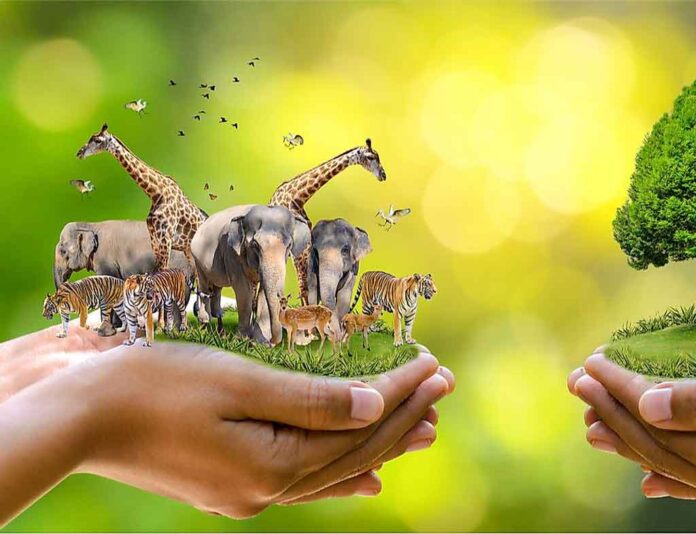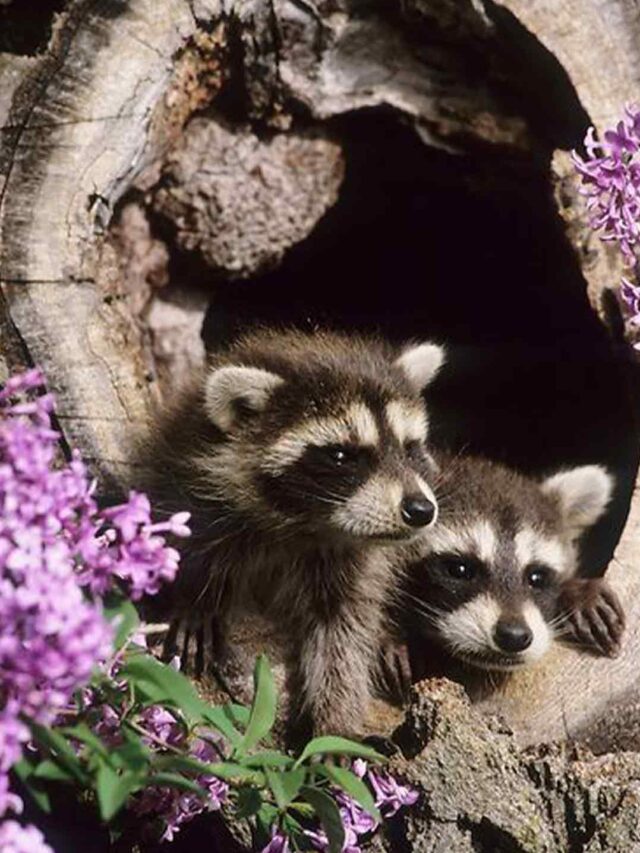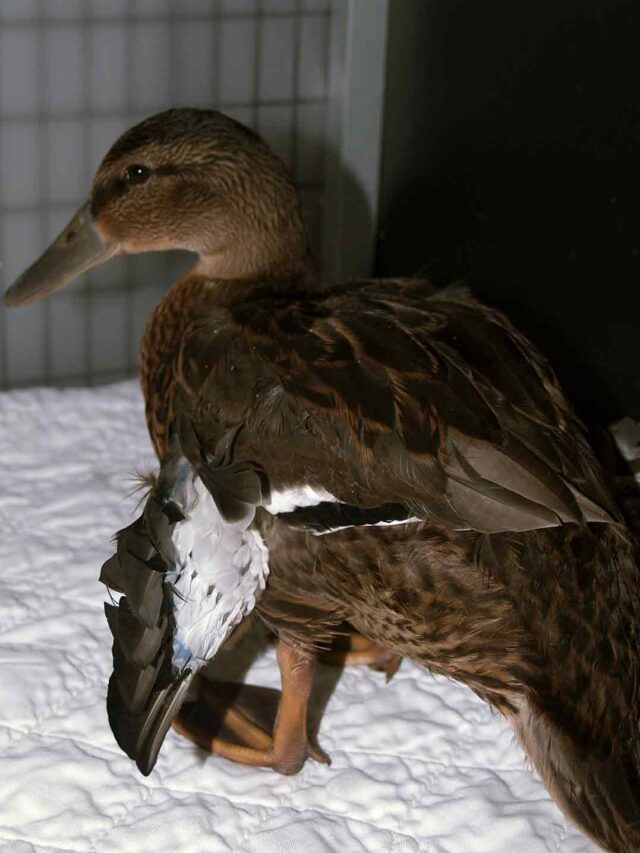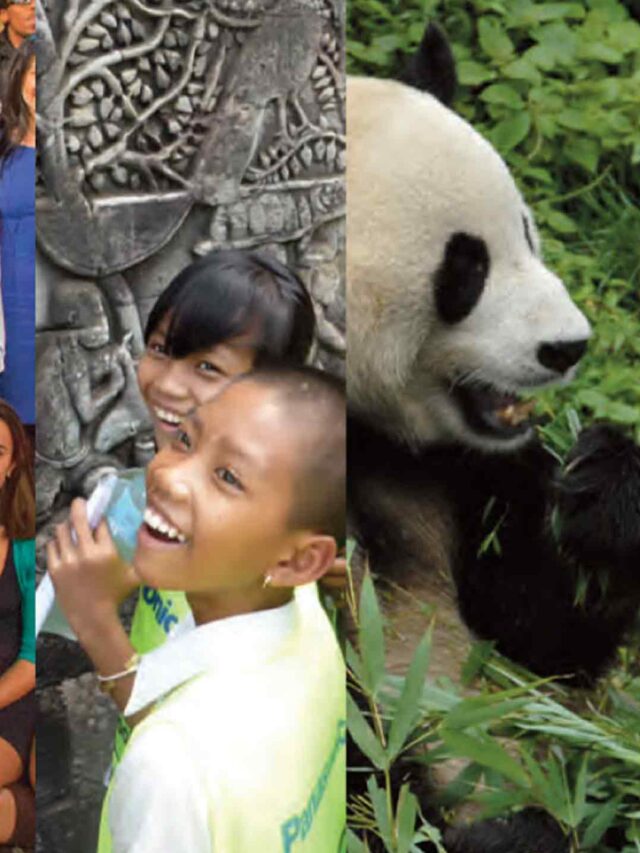
In a world where the delicate balance of ecosystems is under threat, protecting wildlife becomes paramount. From the mighty tiger to the humble pangolin, every species plays a crucial role in maintaining the health of our planet. But how can we ensure their survival? Let’s explore the steps we can take to safeguard wildlife and preserve the natural world for future generations.
Table of Contents
Understanding the Importance of Wildlife
Wildlife forms the intricate web of life on Earth, contributing to ecosystem functions such as pollination, seed dispersal, and nutrient cycling. Each species, no matter how small, plays a vital role in maintaining ecological balance.
Threats to Wildlife
Various factors threaten wildlife, including habitat destruction, poaching, climate change, pollution, and human-wildlife conflict. These threats endanger species worldwide, leading to population declines and, in some cases, extinction.
Conservation Efforts
Numerous organizations and initiatives are dedicated to wildlife conservation. They work tirelessly to protect habitats, combat illegal wildlife trade, raise awareness, and advocate for policy changes to ensure the survival of endangered species.
Habitat Protection
Preserving and restoring natural habitats is crucial for wildlife conservation. Efforts to designate protected areas, establish wildlife corridors, and reforest degraded lands help create safe havens for endangered species.
Combating Illegal Wildlife Trade
Illegal wildlife trade poses a significant threat to many species, driving populations to the brink of extinction. Strengthening law enforcement, increasing penalties for poaching and trafficking, and raising public awareness are essential in combating this illicit trade.
Addressing Climate Change
Climate change disrupts ecosystems, affecting wildlife habitats and migration patterns. Mitigating climate change through reducing greenhouse gas emissions, transitioning to renewable energy sources, and implementing adaptation strategies is vital for wildlife conservation.
Supporting Conservation Organizations
Contributing to reputable conservation organizations financially or through volunteering enables them to carry out critical conservation projects, research, and education initiatives.
Sustainable Living Practices
Adopting sustainable living practices, such as reducing waste, conserving water, supporting sustainable agriculture, and choosing eco-friendly products, reduces our ecological footprint and supports wildlife conservation efforts.
Promoting Ecotourism
Responsible ecotourism can generate income for local communities while promoting conservation efforts. By visiting protected areas and supporting wildlife-friendly tourism, individuals can contribute to local economies and conservation projects.
Getting Involved
Individuals can make a difference by advocating for wildlife conservation, raising awareness in their communities, participating in citizen science projects, and supporting legislation that protects wildlife and their habitats.
FAQs
1. What are the main threats to wildlife?
• Habitat destruction, poaching, climate change, pollution, and human-wildlife conflict are the primary threats to wildlife.
2. How can I help protect wildlife?
• You can help protect wildlife by supporting conservation organizations, adopting sustainable living practices, and advocating for policy changes.
3. Why is habitat protection important for wildlife conservation?
• Habitat protection creates safe spaces for wildlife to thrive, preserving biodiversity and ecological balance.
4. What is the illegal wildlife trade?
• Illegal wildlife trade involves the illegal capture, sale, and trafficking of endangered species and their products.
5. What role does climate change play in wildlife conservation?
• Climate change disrupts ecosystems, alters habitats, and threatens the survival of many species, making it a significant concern for wildlife conservation efforts.












